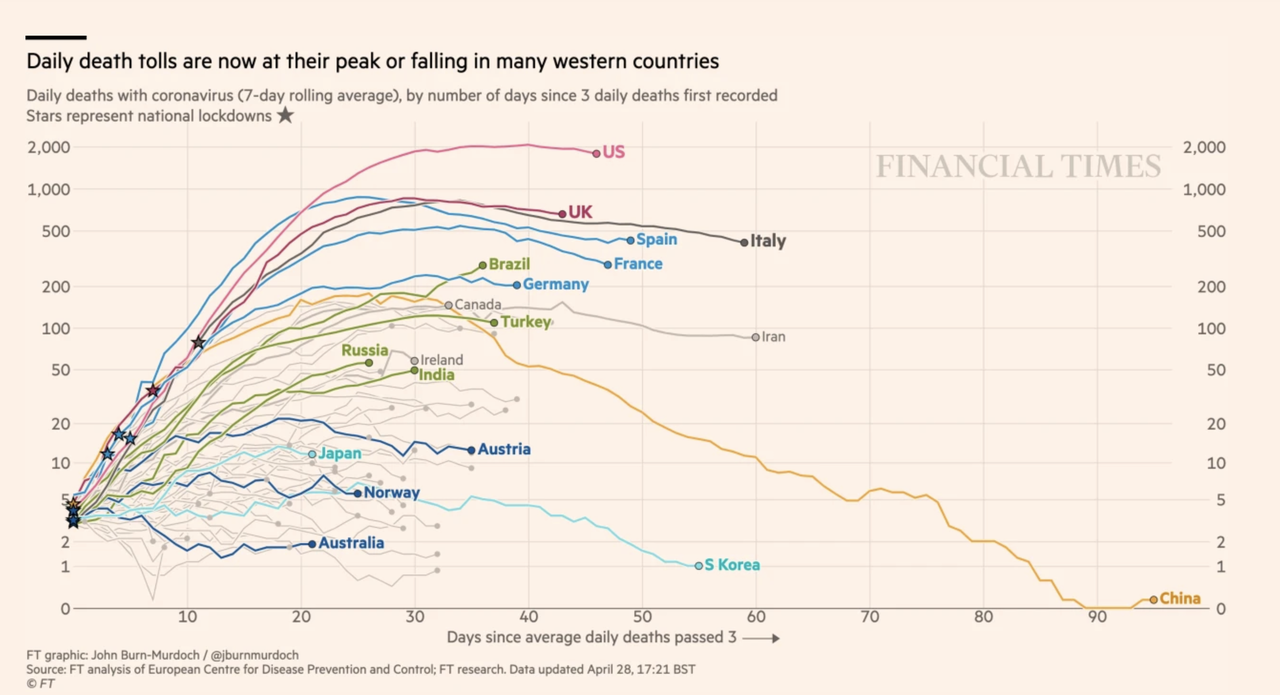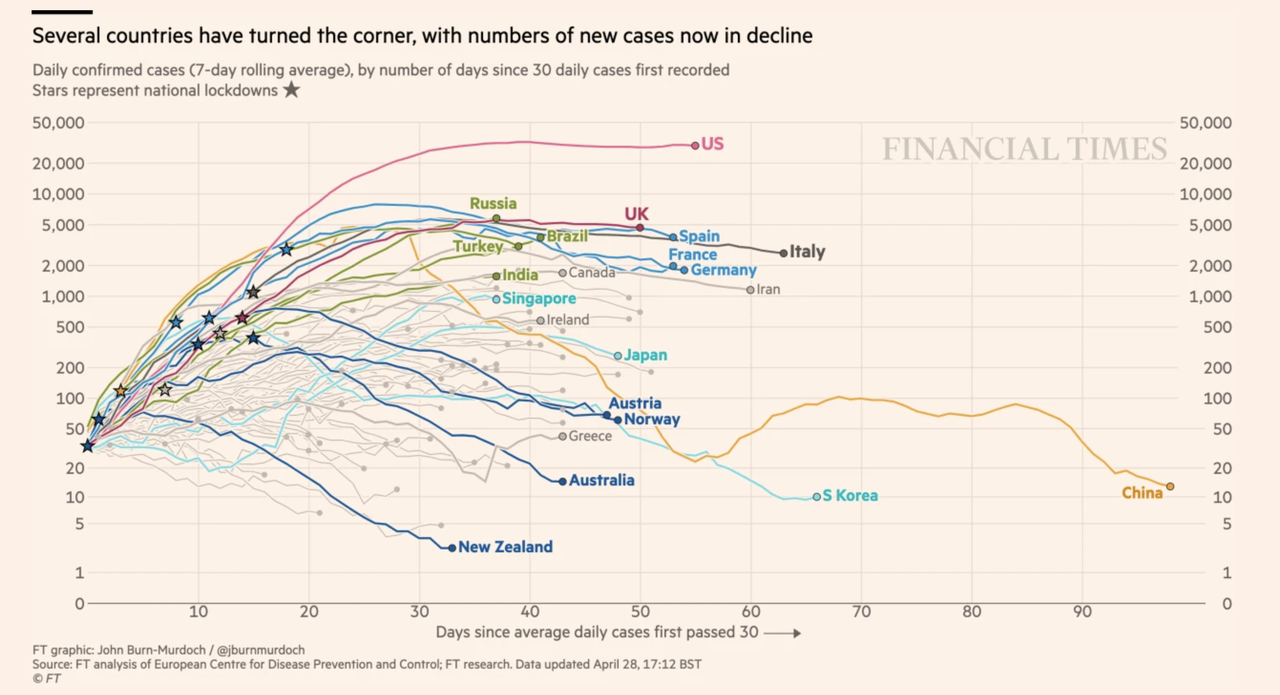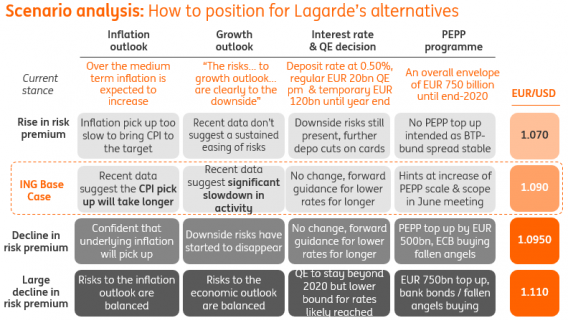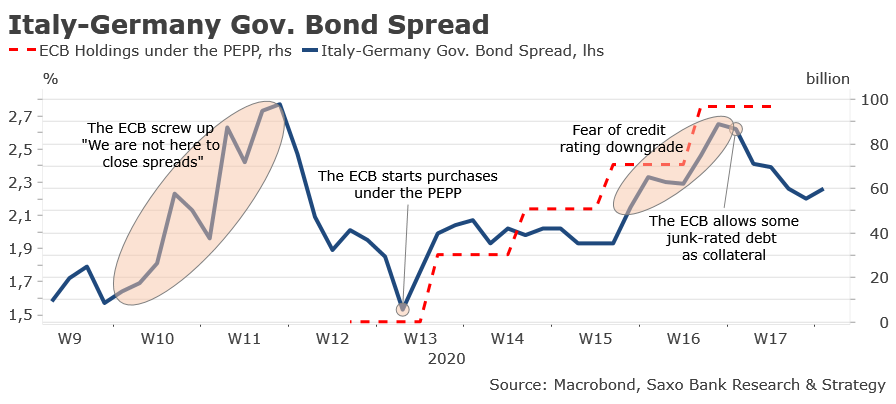Argument
[I.] The injunction is an unconstitutional prior restraint on Pamela Stark’s protected speech.
[A.] Prior restraints may not enjoin speech that is protected by the First Amendment.
“Temporary restraining orders and permanent injunctions—i.e., court orders that actually forbid speech activities—are classic examples of prior restraints.” Alexander v. United States, 509 U.S. 544, 550 (1993). “The special vice of a prior restraint is that communication will be suppressed … before an adequate determination that it is unprotected by the First Amendment.” Pittsburgh Press Co. v. Pittsburgh Comm. on Human Relations, 413 U.S. 376, 390 (1973). For that reason, injunctions against speech have been held unconstitutional when they restrict speech that the court has not found to be unprotected. See Vance v. Universal Amusement Co., 445 U.S. 308, 316-17 (1980); Org. for Better Austin v. Keefe, 402 U.S. 415, 417-19 (1971); cf. Pittsburgh Press, 413 U.S. at 390. And of course the First Amendment fully protects speech on social media. See, e.g., Packingham v. N.C., 137 S. Ct. 1730, 1735 (2017).
Thus, even the courts that allow narrowly crafted permanent injunctions against libel allow them only against speech that has been deemed libelous in a decision on the merits. Thus, such injunctions cover only defamatory “speech that has been determined to be false by a fact-finder,” Loden v. Schmidt, No. M2014-01284-COA-R3-CV, 2015 WL 1881240 at *8 (Tenn. Ct. App. 2015), enjoined only “after a determination that the speech is, in fact, false.” In re Conservatorship of Turner, No. M2013-01665-COA-R3-CV, 2014 WL 1901115 at *20 (Tenn. Ct. App. 2014). “[A] narrow and limited injunction” might in some situations restrict speech “which ha[s] been found … to be false and libelous.” Lothschuetz v. Carpenter, 898 F.2d 1200, 1208, 1209 (6th Cir. 1990) (Wellford, J., concurring in part and dissenting in part); see id. at 1209 (Hull, J., concurring in part and dissenting in part) (concurring with Judge Wellford “[o]n the issue of the injunction”).
Indeed, in Hill v. Petrotech Resources Corp., the Kentucky Supreme Court expressly reversed a pretrial injunction against libel as an unconstitutional prior restraint, 325 S.W.3d 302, 306 (Ky. 2010), holding that “defamatory speech may be enjoined only after the trial court’s final determination … that the speech at issue is, in fact, false”—only then “could the speech be ascertained to be constitutionally unprotected, and therefore subject to injunction against future repetition.” Id. at 309, 311. In so holding, the court acknowledged that “the rule may temporarily delay relief for those ultimately found to be innocent victims of slander and libel.” Id. at 311. But because the rule “prevents the unwarranted suppression of speech of those who are ultimately shown to have committed no defamation,” the rule is essential to “protect[] important constitutional values.” Id.
Other state appellate courts take the same view. Thus, in Hartman v. PIP-Group, the Georgia Court of Appeals dissolved an order that “forb[ade the speaker] from making future statements” and “requir[ed the speaker] to remove his past speech from certain websites”; the order was “an impermissible prior restraint” because “a factfinder has not decided whether [the] statements are false or defamatory.” 825 S.E.2d 601, 606 (Ga. Ct. App. 2019). “We have found no Georgia case upholding an interlocutory injunction prohibiting speech. Our Supreme Court has noted that although ‘it has never been held that all injunctions against publication are impermissible,’ such an injunction has been upheld only when it ‘was entered subsequent to a verdict in which a jury found that statements made by [the defendant] were false and defamatory.'” Id. (citing High Country Fashions v. Marlenna Fashions, 357 S.E.2d 576, 577 (Ga. 1987)). And in O’Brien v. University Community Tenants Union, the Ohio Supreme Court held that an injunction against libel was constitutional only “[o]nce speech has judicially been found libelous”: “The judicial determination that specific speech is defamatory must be made prior to any restraint.” 327 N.E.2d 753, 755 (Ohio 1975).
And these cases actually mark the less speech-protective approach to the issue of injunctions as relief in defamation cases. For example, the Texas Supreme Court has held that even a full and final determination that a statement was defamatory cannot justify an injunction against future publication, though it may justify an order requiring the removal of that specific statement from a website on which it had already been posted. Kinney v. Barnes, 443 S.W.3d 87, 98 (Tex. 2014).
Here, the lower court did not even meet the lower threshold set forth by the Court of Appeals cases and the Kentucky, Georgia, and Ohio cases. The lower court did not determine that Pamela Stark’s Facebook post was false and defamatory and therefore constitutionally unprotected.
Indeed, there is no reason to think that it was. Disparaging speech is constitutionally protected, unless it is found to be defamatory. And that standard may be even higher for injunctive relief than for damages. In Organization for a Better Austin v. Keefe, 402 U.S. 415 (1971), the U.S. Supreme Court dissolved an injunction against distributing leaflets that criticized a local small businessman. Id. at 417-19. The Keefe Court rejected the argument that a private citizen was entitled to “be free from public criticism of his business practices.” Id. at 419. And the Court reasoned that the distribution of leaflets could not be enjoined even if it were viewed as “an invasion of privacy,” because the speech was made to the public rather than being specifically sent to the businessman “into his own household.” Id. at 419-20. (Whether or not the speech might lead to a damages award for invasion of privacy would be a different question.) Like the businessman in Keefe, Joe Stark may not get an injunction suppressing criticism simply on the grounds that the criticism may harm his professional reputation.
Nor was Pamela Stark’s post constitutionally unprotected on the theory that it was “harass[ing].” “‘[T]here is no categorical “harassment exception” to the First Amendment’s free speech clause.'” State v. Burkert, 174 A.3d 987, 1000 (N.J. 2017) (quoting Saxe v. State Coll. Area Sch. Dist., 240 F.3d 200, 204 (3d Cir. 2001) (Alito, J.)); Rodriguez v. Maricopa Cty. Cmty. Coll. Dist., 605 F.3d 703, 708 (9th Cir. 2010) (likewise).
But beyond that, Pamela Stark’s speech was not found to be harassment, and indeed would not be harassment under Tennessee law, which is limited to situations where the speaker “communicate[s] with another person … with the intent to annoy[], offend[], alarm[], or frighten[] the recipient,” and the communication in fact accomplishes these intentions. Tenn. Code Ann. § 39-17-308(a)(2). Like the speakers in Keefe, Pamela did not “communicate with” Joe: she did not send her post to him, tag him in the post, or otherwise direct him to read it. Instead, she spoke to the public using her social media account.
The Georgia Supreme Court’s decision in Chan v. Ellis, 770 S.E.2d 851 (Ga. 2015), is instructive on this point. In Chan, as in this case, a trial court issued a broad injunction restricting Chan from speaking about Ellis, based on a statute that barred people from “contact[ing] another person … for the purpose of harassing and intimidating the other person,” with “contact[ing]” defined as “communicat[ing] with another person.” Id. at 853. But such a harassment ban, the Georgia Supreme Court held, only extended to speech “directed to that person” and did not purport to forbid speech “about a particular person.” Id. at 854 (emphasis in original). Likewise, here Pamela Stark’s public speech about Joe Stark (said in the course of speaking about the police department) did not constitute “communicat[ing] with” him.
[B.] Pamela Stark’s speech, which criticizes the government, is protected speech.
“Criticism of government is at the very center of the constitutionally protected area of free discussion. Criticism of those responsible for government operations must be free, lest criticism of government itself be penalized.” Rosenblatt v. Baer, 383 U.S. 75, 85 (1966). Criticism of the government often involves criticism of a person, and it is protected even when it “include[s] vehement, caustic, and sometimes unpleasantly sharp attacks on government and public officials.” New York Times Co. v. Sullivan, 376 U.S. 254, 270 (1964). Even speech about private figures is still constitutionally protected, of course, and liability for false and defamatory statements about them is nevertheless subject to considerable First Amendment restraints, see, e.g., Gertz v. Robert Welch, Inc., 418 U.S. 323, 347-50 (1974); but the matter is especially clear for speech about public figures on matters of public concern.
Joe Stark is a “public official” because, as a police officer, he holds “a position of employment that carries with it duties and responsibilities affecting the lives, liberty, money or property of a citizen or that may enhance or disrupt his enjoyment of life, his peace and tranquility, or that of his family.” Press, Inc. v. Verran, 569 S.W.2d 435, 437, 441, 443 (Tenn. 1978) (so holding as to “a junior social worker,” who “had sufficient power to remove or cause their children to be taken from [parents’] custody and placed in a foster home”); see also Murray v. Lineberry, 69 S.W.3d 560, 563 (Tenn. Ct. App. 2001) (concluding that “any law enforcement officer” is “a public official”). And “[t]he commission of crime … [is] without question [an] event[] of legitimate concern to the public,” Cox Broad. Corp. v. Cohn, 420 U.S. 469, 492 (1975), as is the subsequent police investigation of the crime, see Connick v. Myers, 461 U.S. 138, 148 (1983).
Pamela Stark’s Facebook post was quintessentially protected speech. She explained that she was “a recent victim of domestic violence at the hands of a Memphis Police Officer.” R. at 41. She criticized the Memphis Police Department for “investigat[ing] a case where there is potential wrong doing and/or legal consequences for one of their own”—Joe Stark. Id. And she questioned the Memphis Police Department’s integrity: “Who do you turn to when those [s]worn to serve and protect and enforce the law, don’t.” Id. Contrary to the trial court’s view, her “references to [her] husband, about [her] husband, about [her] situation” did not render her speech unprotected or “off limits.” TE at 27.
Pamela Stark has a constitutional right to criticize the government, and to criticize her husband, especially since he was a government employee with important duties and powers. She does not lose that right merely because the government is also her husband’s employer.
[C.] Unjustified speech restrictions violate the First Amendment rights of Pamela Stark’s potential readers as well as of Pamela Stark herself.
An overbroad injunction against speech can “harm nonparties to the litigation because enjoining speech harms listeners as well as speakers.” McCarthy v. Fuller, 810 F.3d 456, 461 (7th Cir. 2015). “This right to receive information and ideas is a ‘corollary’ of the right to speak that triggers the First Amendment interests of not only speakers, but also audiences.” David L. Hudson, Jr., First Amendment Right to Receive Information and Ideas Justifies Citizens’ Videotaping of Police, 10 U. St. Thomas J.L. & Pub. Pol’y 89, 89 (2016) (citation omitted). The First Amendment “embraces the right to distribute literature, and necessarily protects the right to receive it.” Martin v. City of Struthers, 319 U.S. 141, 143 (1943).
Domestic violence is a serious problem. So is police underenforcement of the laws against domestic violence. The public has a right to hear whether a police officer—someone sworn to uphold the law—has been accused of such violence, and whether his department has been accused of covering it up. Ordering the removal of such speech, without any prior finding on the merits that they are libelous, violates prospective readers’ rights as well as the speaker’s rights.
[II.] Even if this Court believes that § 36-4-106(d)(3) is constitutional, the injunction in this case prohibits more speech than is authorized by the statute.
This Court need not decide in this case whether § 36-4-106(d)(3) is constitutional, because the injunction goes beyond even that statute. Section 36-4-106(d)(3) calls for “[a]n injunction restraining both parties [in a divorce] from harassing, threatening, assaulting or abusing the other and from making disparaging remarks about the other to … either party’s employer.” Tenn. Code Ann. § 36-4-106(d)(3) (emphasis added). Much speech about an ex-spouse could indirectly damage the ex-spouse’s employment prospects (especially if the speech consists of accurate allegations of misconduct); but the statute deliberately did not purport to ban speech to friends or the media or the public at large. The injunction in this case, on the other hand, does impose the very sort of broad ban that the statute declines to: it forbids Pamela Stark from communicating to anyone on social media “any … public allegations against … Joe Stark … which may affect [Mr. Stark’s] reputation or employment,” R. at 80, ¶ 3.
In New Rivieria Arts Theatre v. State ex rel. Davis, this Court dissolved an injunction issued under a statute because it was “an unconstitutional application of the statute.” 412 S.W.2d 890, 894 (Tenn. 1967). An adult movie theater had been enjoined from showing “films and ‘Coming Attractions’ or ‘Trailers’ of the sort, kind or type which may be classified by the court as ‘obscene material.'” Id. at 892. But the relevant statute allowed the state courts only “to enjoin the sale or distribution of obscene material.” Id. at 893. Because the injunction applied to material that no court had yet found to be obscene, and thus was not included in the category of speech to be enjoined under the statute, the injunction was an incorrect “construction of the statute.” Id. at 895. Similarly here, the injunction forbids speech that no court has found to be covered by the statute, including speech that does not fall within any First Amendment exception.
[III.] This Court should grant review to provide guidance for future divorce cases, in which similar injunctions will likely be issued.
Injunctions issued under Tennessee Code Annotated § 36-4-16(d) “shall be in effect against both parties” “[u]pon the filing of a petition for divorce or legal separation.” More than twenty thousand couples filed for divorce in Tennessee in 2018, and all of them were supposed to be subjected to the statute’s injunction on speech. The statute already predisposes judges and litigants to turn to injunctive remedies in divorce disputes. If thousands of divorcing litigants can rely on the precedent set in this case—enjoining public allegations that a police sergeant committed a crime and that the police department failed to investigate it properly—those litigants may likewise seek to enjoin other types of protected speech.
Some such injunctions would similarly suppress speech about police officers and police departments. Others might apply even to speech about higher-placed government officials. And still more will cover less political, but still fully protected speech, such as a divorcing wife explaining to her friends on social media why she left her husband or that she is depressed because her husband mistreated her. People should be free to tell the story of their lives to their friends, even during family-law disputes. But if the decision below remains in place, such constitutionally protected speech will also likely end up being enjoined.
Because lower courts may issue a variety of injunctions that restrict speech protected by the First Amendment, this Court should grant review to “secure uniformity of decision,” “secure settlement of important questions of law,” and “secure settlement of questions of public interest.” Tenn. R. App. P. 11(a).
Conclusion
This Court should review this case because the injunction is an unconstitutional prior restraint. It enjoins speech that has not been determined to be unprotected by the First Amendment, and it goes far beyond the statute by prohibiting any public allegation made on social media. Without this Court’s guidance on the proper extent of such injunctions, lower courts will continue to issue them, even when they violate divorcing Tennesseans’ First Amendment rights.






